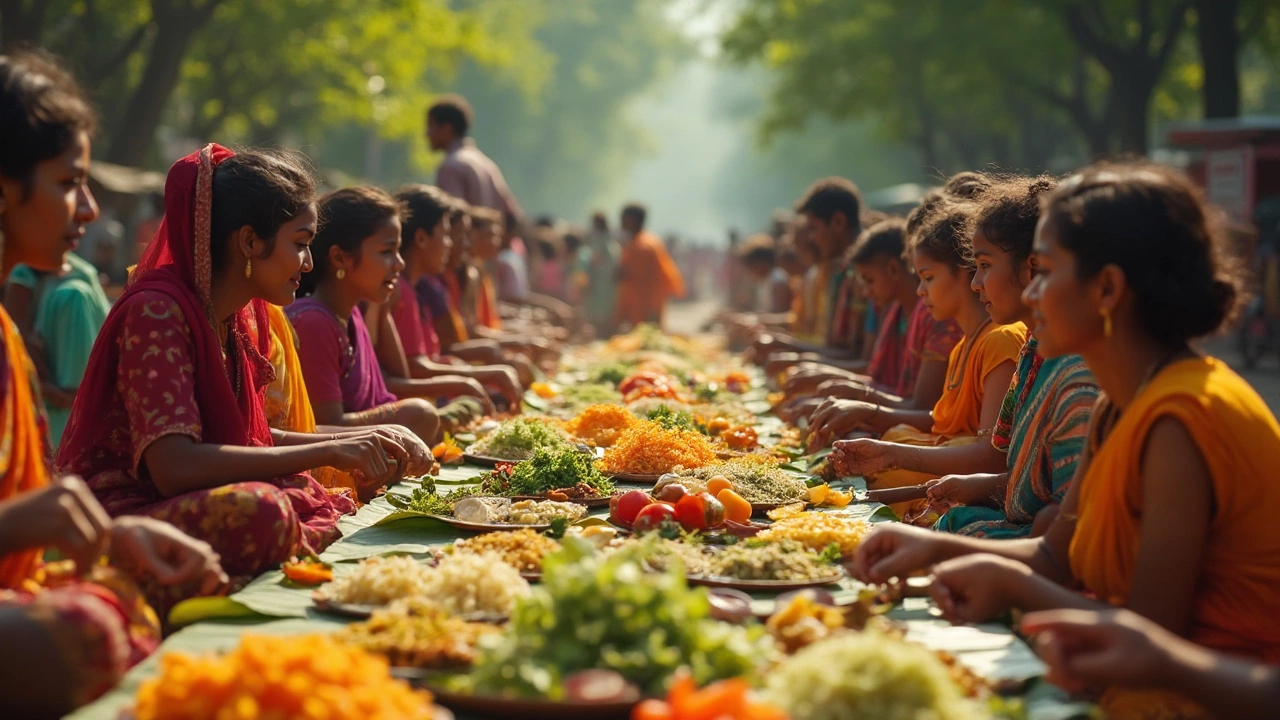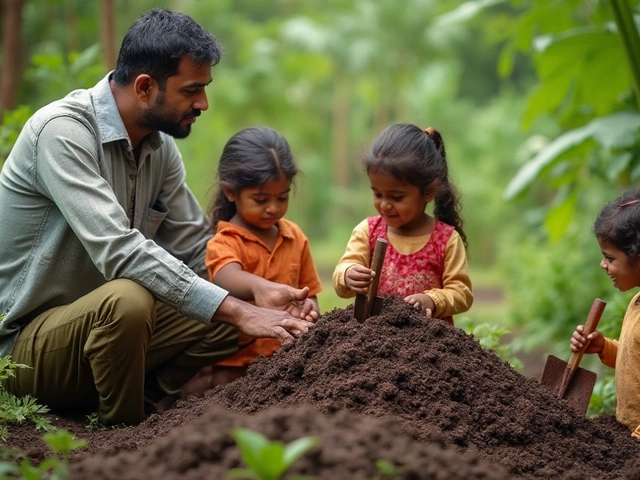Indian Cuisine: Simple Recipes, Key Spices, and Home‑grown Tips
Indian food is famous for bold flavors, bright colors, and comforting aromas. You don’t need a fancy kitchen to enjoy a tasty curry or a fluffy rotis—just a few basic spices and fresh ingredients. In this guide we’ll walk you through the must‑have spices, quick recipe ideas, and easy ways to grow the herbs and veggies that make Indian dishes shine.
Explore the Main Flavors of Indian Cooking
First, let’s talk spices. A typical Indian pantry includes cumin, coriander, turmeric, mustard seeds, and garam masala. These spices can be toasted, ground, or used whole to add depth to any dish. For a quick dal, heat a spoonful of oil, add mustard seeds until they pop, then stir in cumin, turmeric, and a pinch of chili powder. Add cooked lentils, a splash of water, and finish with fresh cilantro.
If you love rice, try a one‑pot vegetable biryani. Sauté onion, ginger, and garlic, then add diced carrots, peas, and potatoes. Mix in basmati rice, a blend of garam masala, and enough broth to cover everything. Cover and simmer until the rice is fluffy. The result is a fragrant, colorful meal that feels special but takes under 30 minutes.
For a quick snack, make masala chai. Boil water with tea leaves, add a cinnamon stick, a few cardamom pods, and a slice of ginger. Let it simmer, then add milk and sweetener. Strain and enjoy a warming cup that pairs perfectly with crunchy samosas.
Grow Your Own Kitchen Staples
Fresh herbs can take any Indian dish from good to great. Cilantro, mint, and curry leaves are easy to grow in a small pot on a balcony or windowsill. Fill a shallow container with potting mix, scatter the seeds, and keep the soil lightly moist. Within a week you’ll have tender leaves ready for garnish.
Tomatoes, chilies, and okra also thrive in India’s warm climate. Plant them in well‑drained soil, water deeply once a week, and use a layer of mulch to keep the roots cool. Harvesting at the right time—when tomatoes are just turning red or chilies are bright green—ensures the best flavor for curries and pickles.
Even if you have limited space, vertical gardening can save room. Hang a few small pots on a wall-mounted rack and grow leafy greens like spinach or mustard greens. These greens are perfect for a quick saag or for adding a nutritious boost to dal.
Combining home‑grown herbs with pantry spices cuts down on grocery trips and adds a fresh punch to your meals. Plus, watching your plants grow makes cooking feel more rewarding.
Now that you know the basics, try swapping store‑bought spice mixes for your own toasted blend. The effort pays off with richer aroma and less sodium. Pair a simple vegetable curry with fresh cilantro and a side of warm naan, and you’ve got a dinner that feels authentic without the hassle.
So grab a pan, a few seeds, and start experimenting. Indian cuisine is all about balance—spice, sweet, sour, and salty—and with these easy tips you’ll be mastering that balance in no time.

Indian Vegetarians and Eggs: Myth, Culture & Diet
Explore why most Indian vegetarians avoid eggs, learn the religious reasons, discover the few who do eat them, and get practical tips for cooking and ordering.

Which Country Is 100% Vegetarian? Real Answers for Plant Lovers
People often dream of a country where everyone is vegetarian, but does such a place really exist? This article goes straight to the facts about vegetarian countries, especially focusing on India’s unique plant-based culture. Expect easy-to-understand insights, clear stats, and handy tips for vegetable gardeners and plant-based food fans. Discover why India stands out, what shapes its food choices, and clever ways to grow more veggies at home. Walk away with real knowledge, not just myths.
About
Home and Garden, Vegetable Gardening
Latest Posts


What Flower Takes 30 Years to Bloom? The Slow Life of the Talipot Palm
By Alden Thorne May 25, 2025

Ultimate Guide to Creating a Thriving Kitchen Garden
By Alden Thorne Jan 22, 2025
Lotus Flower: Why It's the Most Iconic Flower of India
By Alden Thorne Jul 10, 2025
